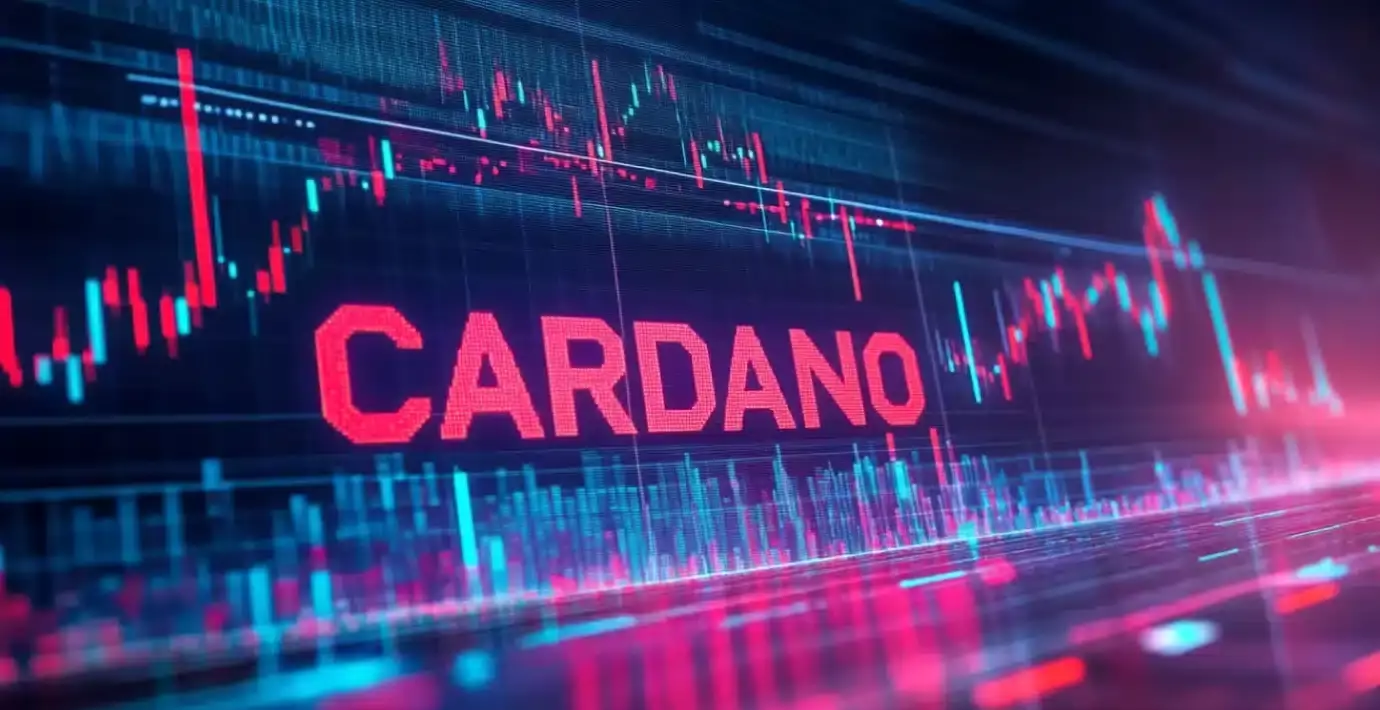Cardano’s achievement of surpassing 110 million total transactions might seem like a significant win for the blockchain community, a number that signifies not only growth but also a robust user adoption. Despite these impressive statistics, one cannot ignore the stark contrast between the reams of transaction data and the apparent malaise afflicting ADA, the native cryptocurrency of Cardano. With a trailing trading value of $0.6811, down over 11% in just a week, the enthusiasm generated by transaction milestones is dramatically tempered by disheartening market trends.
In an environment where many cryptocurrencies are experiencing signs of life, the seeming stagnation of ADA raises eyebrows. The figures might be encouraging—$541 million in trading volume, an 8.5% increase from the day before—but they only present a surface-level picture of a flailing asset. When juxtaposed with established cryptocurrencies, ADA’s struggles denote deeper systemic issues at play that go beyond just user adoption metrics.
The Participation Paradox
A spotlight on community engagement reveals a paradox: while nearly 22 billion ADA are staked across almost 3,000 active pools, a significant disconnect exists between active participation and market health. It seems the community is eager to support Cardano’s infrastructure, yet the price actions suggest that investor sentiment is fraught with uncertainty. This phenomenon begs the question: why are so many choosing to stake their assets while also bearing witness to a downward price trajectory?
This behavior can be attributed to various market psychology factors; investors in the cryptocurrency space often find themselves in cognitive dissonance, balancing long-term faith in the project or technology against short-term financial anxieties.
Technical Indicators and Their Foreboding Message
Delving into technical analysis, the outlook for ADA becomes a rather grim tableau. With the token currently trending below the 10, 20, 50, and even 200-day moving averages, it positions itself firmly in a bearish trend. The relative strength index (RSI) at 38 indicates bearish momentum, a precarious place for an asset. As investors keep a watchful eye on the $0.67 support area, the possibility of further declines looms large, particularly if it breaks.
The uptick in open interest and trading volume in the derivatives market might be seen as a double-edged sword, suggesting speculative positions are being taken on ADA, but it simultaneously heightens fear that volatility could push prices further downward.
Innovations Amidst the Doldrums
Yet, not all is bleak. The Cardano Foundation’s release of its 2025 Ecosystem Guide discusses exciting implementations, signifying an unwavering commitment to fostering innovation and use-case development. Collaborations like the planned introduction of decentralized Bitcoin rollups to Cardano serve as a beacon of hope amid a challenging landscape. The seemingly routine integration of ADA support into tools like the Brave browser wallet might promise gains in day-to-day usability and mainstream adoption, granting Cardano a new avenue to pursue lost trust from investors.
While Cardano’s transaction numbers are indeed noteworthy, they expose a fundamental struggle where meritocratic success in technology stands in stark opposition to investor sentiment. The landscape is changing swiftly, and Cardano’s ability to pivot from this market mire will ultimately define its identity in the competitive crypto space.

